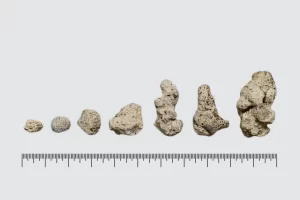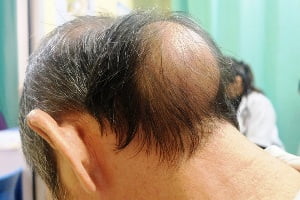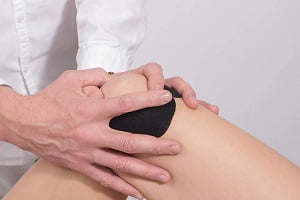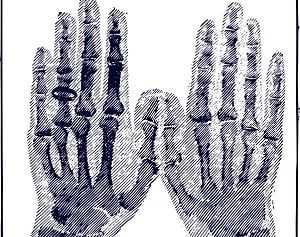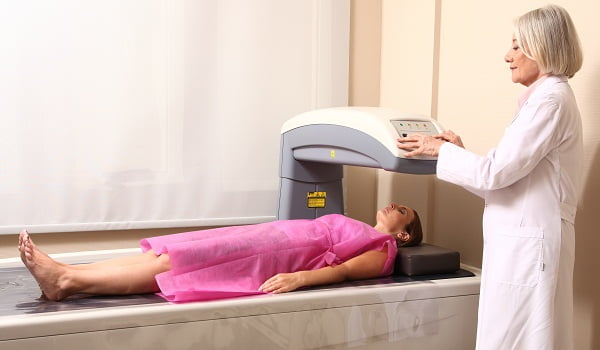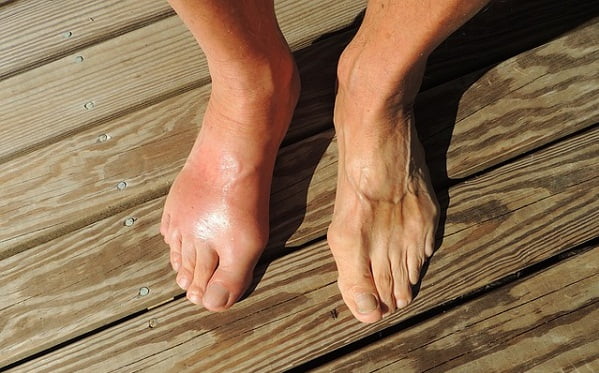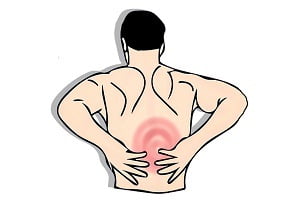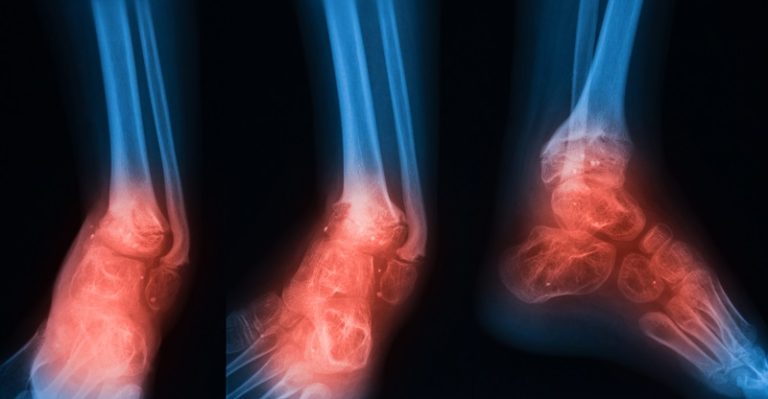Browsing: Bone Health

The page provides quick access to a list of common diseases, syndromes, health conditions, and other topics of health importance related to bones and joints. The list is organized alphabetically. Links are provided to respective diseases sections that serve as a comprehensive and ultimate guide about the disease or health condition.
Bones make the structural framework of the body. It provides structural support and helps in movement of the body. A joint indicates a junction of two or more bones such as knee, hip, elbow, or shoulder. Bones and joints are damaged by different types of injuries or diseases. Its treatment mainly depends on its cause and may vary from person to person.
One of the most common symptoms of bones and joints disorders is pain and difficulty in movement of the affected region. The symptoms of bones and joint diseases may range from mild to severe, and in severe cases, the disease may be chronic and spread to other body parts.
Diseases and injuries of bones and joints majorly indicate abnormalities of the human skeletal system. The universal cause of bone disorders includes physical injury, fracture and effect of other diseases. Doctors may refer these bone and joint injuries as conditions that were more mechanical than metabolic body changes.
Bone and joint disorders are one which affects the musculoskeletal system of the body, such as osteoporosis, arthritis, bone cyst, osteomyelitis and hypocalcaemia and bone cancer. Here are listed common bones and joint diseases for your review. Click on any of them to redirect to respective disease containers.
Rheumatoid Arthritis in Children (Juvenile Arthritis, JRA)
Symptoms of rheumatoid arthritis in kids and teenagers are similar. Most children find it difficult to walk, climb stairs, suffer from rashes, feel extreme knee pain, etc. To treat juvenile rheumatoid arthritis, a team of pediatric rheumatologists, physiotherapists, ophthalmologists, orthopedics, and a pediatric psychiatrist is mainly required.
Symptoms in Fingers and Hands: How Arthritis Affects Us?
Pain due to arthritis can affect the daily life. Sometimes, arthritis can affect the heart, eyes, lungs, kidneys and skin apart from the joints. Early treatment is recommended for arthritis because inflammation can often lead to damage in joints.
Hypocalcaemia occurs when the total serum calcium concentration is less than 7.0 mg/dL and the ionized calcium is less than 3.5 mg/dL in your body. It is a commonly seen biochemical condition in which there are lower than average level of calcium in plasma. Calcium has many important functions in your body.
Osteoporosis Treatment: Can it be treated completely? Osteoporosis cannot be completely reversed but it can be managed. After obtaining information…
All You Need to Know About Gout
Gout is a commonly recorded medical illness of the joints. It is a form of arthritis that is caused by a build-up of uric acid crystals in the joints. It can affect anyone. It occurs due to abnormal metabolism of uric acid. Uric acid is generated when breakdown of purines occurs.
How Are Kidney Stones (Other Kidney Complications) Associated With Gout?
Individuals living with gout can face challenges, pain and unpredictability, especially if lifestyle changes haven’t brought their uric acid levels down to normal. If gout attacks become more frequent, you may develop chronic gout, which can stress other systems in your body, especially your renal system.
Fibromyalgia: Definition and Overview
Fibromyalgia is a condition in which a patient suffers with musculoskeletal pain accompanied by fatigue, sleep, memory and mood issues. It is a condition related to the disorder of pain processing due to abnormalities in how pain signals are processed in the central nervous system. In U.S.A only, about 5 million people suffer from fibromyalgia.
How to Prevent Osteoporosis?
Each person has got a unique body structure. Height and the strength of the skeleton are determined by the genes of an individual. Lifestyle factors are the culprits that make our bone fragile and weak. And prevention of osteoporosis includes bringing some positive changes in the lifestyle. Read about the prevention measures for osteoporosis in the article.
How Serious Is Osteomyelitis?
Osteomyelitis is a serious condition and if left untreated, the infection can advance to other joints and parts of the body. This can cause widespread infection, septic and even bone death by affecting the blood circulation within the bone. Your doctor may have to amputate the infected bone to check the spreading of infection. Infection from bone may transfer to blood and can cause blood infection resulting in blood poisoning (septicaemia) fatal illness and multiple organ failure.
Lumbar Spinal Stenosis: Causes, Symptoms, Diagnosis, Treatment
Lumbar spinal stenosis is considered as the most common of all types of spinal stenosis. In this condition, the spinal canal narrows and presses the nerves which transmit the nerve impulse to the lower back of our body, causing severe pain. It is considered as the most common cause of pain leg and lower back.
